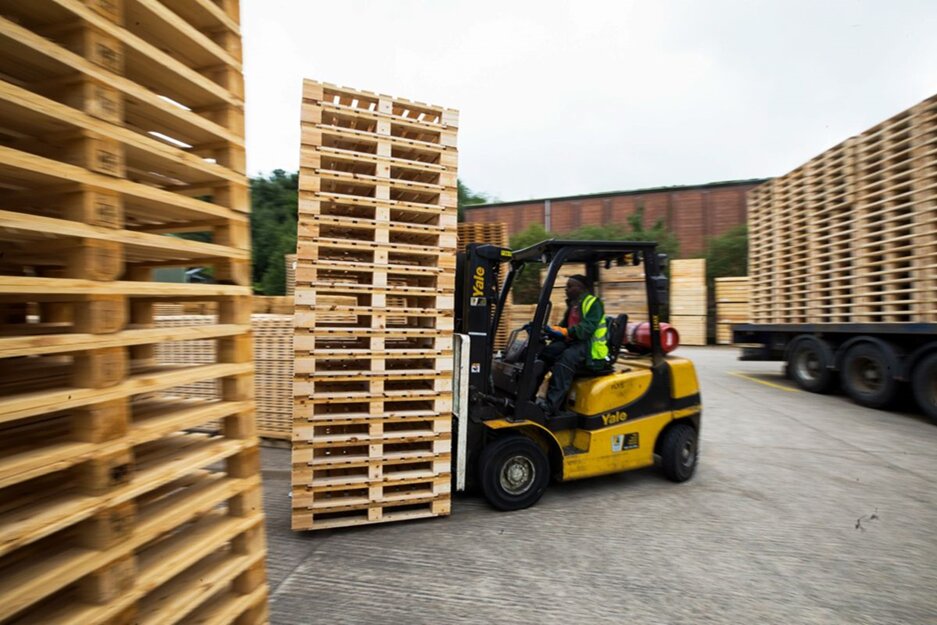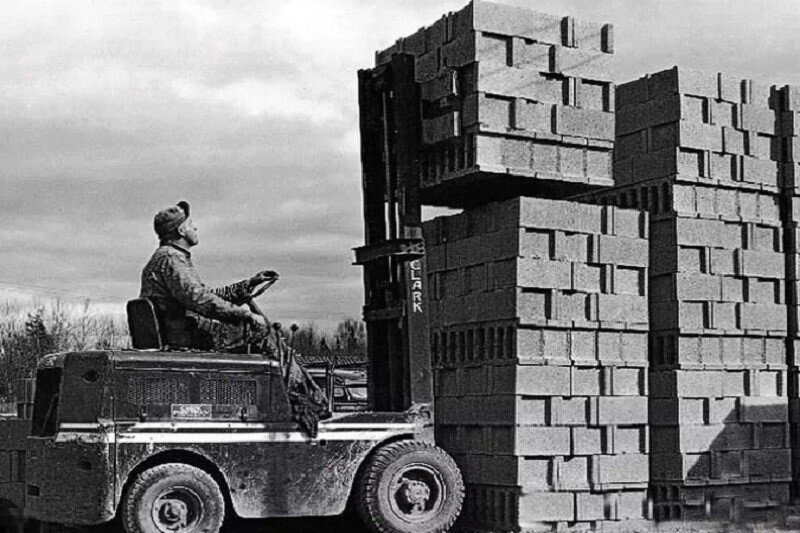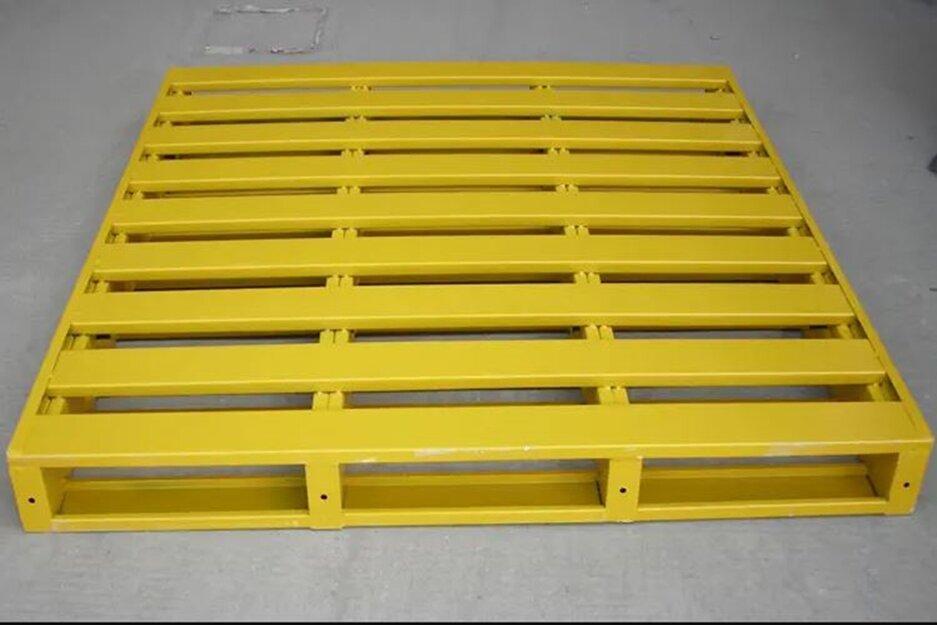The history of pallets and their applications up to now

Pallets are essential tools in the transportation and storage of goods, used in various industries such as warehousing, logistics, and manufacturing.
The types of pallets, as a means of transporting light and heavy goods, have undergone considerable changes from the past to the present. In this article, we intend to introduce you to the history of pallets and their types.
What is a pallet and what is its application?
A pallet is a sturdy, flat, and portable frame that makes the process of moving various items easier. Pallets are often made of wood and sometimes plastic and metal. This tool is used for the proper handling and transportation of goods. Pallets have a direct relationship with the packaging industry and the warehousing field. it should be noted that this tool plays a key role in the storage, assembly, shipping, and transportation of various items and loads. Moving stored goods in warehouses with the help of pallets and various machines such as forklifts and pallet jacks is very easy, stable, and safe.
Pallet history
The history of pallets, we can see that this tool not only did not exist in the form of today's pallets, but also had different uses. The first pallets were made between 1920 and 1930 and were placed as separators among the loads. In this way, the forklift could move them. Separators had made the transportation of products and various items very easy. However, the initial form of the pallet changed after a while, and pallets became wooden pieces hanging above the loads. These relatively newer pallets played a protective role.
Finally, today's pallets came in the form of wooden pieces that were attached to the bottom of the machine.
By studying the history of pallets, we conclude that wooden pallets, in their modern style, entered the field of transportation after the invention of the first forklift. In fact, before the invention of these machines, pallets were simply a wooden board for stacking goods that were moved using wheels. This old form of pallet was called a skid and has a much longer history. The first forklift was built in 1915, and skids also adapted to these new machines. In the design of new pallets, bases were constructed under the wooden boards, making it possible to lift them with a forklift.

Development and application of pallets during World War II
During World War II, the demand for pallets increased. In this regard, better ideas were used in the production of this tool, and the groundwork was laid for the production of newer pallets in the modern style. The Allied Forces and the United States used pallets quickly to better transport military equipment.
The size of pallets in the past
The shape, size, and standard dimensions of pallets in the past were not the same as they are today. Pallets were mostly square-shaped and sometimes rectangular, with dimensions of 120 by 240. Some old pallets had dimensions of 1 meter by 1 meter and were somewhat similar to modern pallets.
The evolution and history of pallets in terms of size dates back to the 1960s. At this time, most grocery stores across Europe were using pallets with various sizes and shapes. Therefore, storing pallets was difficult and time-consuming. For this reason, food and consumer goods manufacturers in the US turned to making pallets with industry-specific standards. Today's new pallets are available in standard sizes.
Modern pallets are produced in rectangular and square shapes, with sizes of 100 by 120, 110 by 130, 110 by 110, and 80 by 120. The weight of the pallet also varies depending on the structure, model, and type of wood used in its construction. On average, each pallet has a weight of between 15 to 30 kilograms.
Types of Pallets
Different categories are considered for the types of pallets. In one categorization, pallets are divided into three types based on the material used: wooden pallets, plastic pallets, and metal pallets. PetroPallet Caspian is a specialized producer of plastic pallets and offers a wide variety of pallets that can be purchased to meet your specific needs.

- Stringer or runner pallet: This is the simplest type of wooden pallet. In this model, strings or boards with a width of 5 to 10 centimeters separate the top and bottom decks. The function of these strings is similar to crossbeams and helps to evenly distribute the weight of the load on the pallet.
- Block pallet: This type of pallet is a suitable option for transporting heavy loads. Each block pallet consists of top and bottom decks and 9 to 12 blocks. A forklift and pallet jack can load the block pallet from all four sides, which is why it is also called a four-way pallet.
- Double-face pallet: This type is similar to the double-deck pallet. However, the decks of the double-face pallet extend beyond the edges of the pallet, giving it a raised appearance.
- Double-wing pallet: This type is similar to the double-face pallet. However, the decks of the double-wing pallet extend beyond the edges of the pallet on two sides.
- Solid deck pallet: This type of pallet is suitable for small items because its top deck is flat, seamless, and uniform.
- Two-way pallet: The design of two-way pallets is somewhat similar to block pallets, but they do not have a bottom deck. In this type of pallet, the top deck rests on two supports. It should be noted that this is a two-way pallet.
Leave a Comment